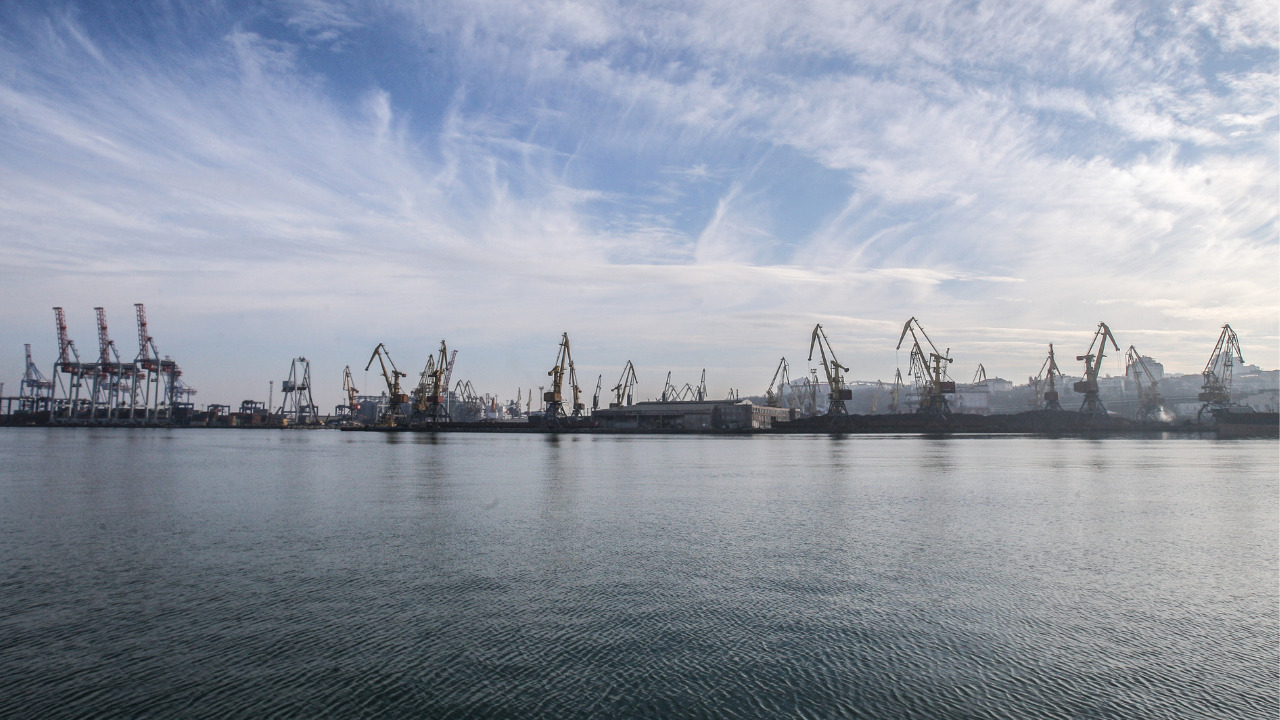Date first published: 04/08/2022
Key sectors: agriculture; shipping; insurance
Key risks: supply chain disruption; trade; business risks; sanctions
Risk development
On 22 July Kyiv and Moscow signed parallel UN and Ankara-brokered deals to allow Ukraine to resume grain exports from its Black Sea ports. The arrangement was immediately called into doubt on 23 July when Russian forces launched Kalibr cruise missile strikes on the port of Odesa – a move which highlighted a near total absence of trust between the two signatories, as well as the dubious nature of Moscow’s commitment to the agreement. Nevertheless, on 1 August the first vessel to carry Ukrainian cargo since late February departed from the port of Odesa. The Sierra Leone-flagged ‘Razoni’ carrying 26,000 tonnes of corn – bound for the port of Tripoli in Lebanon – has since passed checks at a Joint Coordination Centre in Istanbul.
Why it matters
The deal has some potential to help alleviate global food insecurity and stabilise markets which have been hugely disrupted by the Russian invasion and naval blockade of Ukraine’s Black Sea ports. It may enable Kyiv to earn much-needed foreign currency – crucial to financing defence efforts. Russia’s economy will also benefit from the deal, not least as it aims to facilitate exports of Russian grain and fertiliser. Separate but related negotiations saw the EU allow the unfreezing of some funds of sanctioned Russian banks to ease food trade. Moreover, in signing the agreement the Kremlin has placated its partner states in the Middle East and North Africa (MENA) region, concerned over the potential for regional destabilisation resulting from tight global grain markets. However, serious questions remain over the sustainability of the deal.
Background
Russia’s naval blockade has been one of its principal instruments of leverage since late-February. Ukraine provides around 10 per cent of global wheat supply, the bulk of which is ordinarily exported via the Black Sea ports. The naval stranglehold has therefore played a major role in Moscow’s economic warfare against Ukraine, with widespread knock-on effects. To defend against an amphibious assault on Odesa – likely one of the Russian military’s initial objectives – Ukrainian forces laid mines on the approaches to ports. Kyiv, meanwhile, has accused Russia of setting unmoored mines adrift in a deliberate bid to disrupt the potential for shipping in and out of the country’s ports. International pressure to lift the blockade mounted ahead of Ukraine’s July-August harvest.
Risk outlook
There remains a very high risk that Russia will either violate or unilaterally withdraw from the agreement, as underscored by the 23 July strike on the port of Odesa. Russian forces are highly likely to conduct sporadic missile strikes on the city of Odesa as well as general port infrastructure controlled by Ukraine in the south, which will feed into market uncertainty. Moscow’s participation is wholly self-interested and if the agreement no longer provides sufficient benefit, it is likely to collapse.
Even if the deal functions properly, it could take months before increased supplies push down inflated agricultural commodity prices. Concerns in the insurance industry around sea mines and the safety of shipping routes in the northern third of the Black Sea are to likely persist. Three explosions were reported around the Danube River’s Bystroe Canal’s mouth into the Black Sea in recent weeks. While the deal has provided a glimmer of hope, it remains deeply tenuous. In the nascent stages of the agreement, questions remain over how long it will last.



